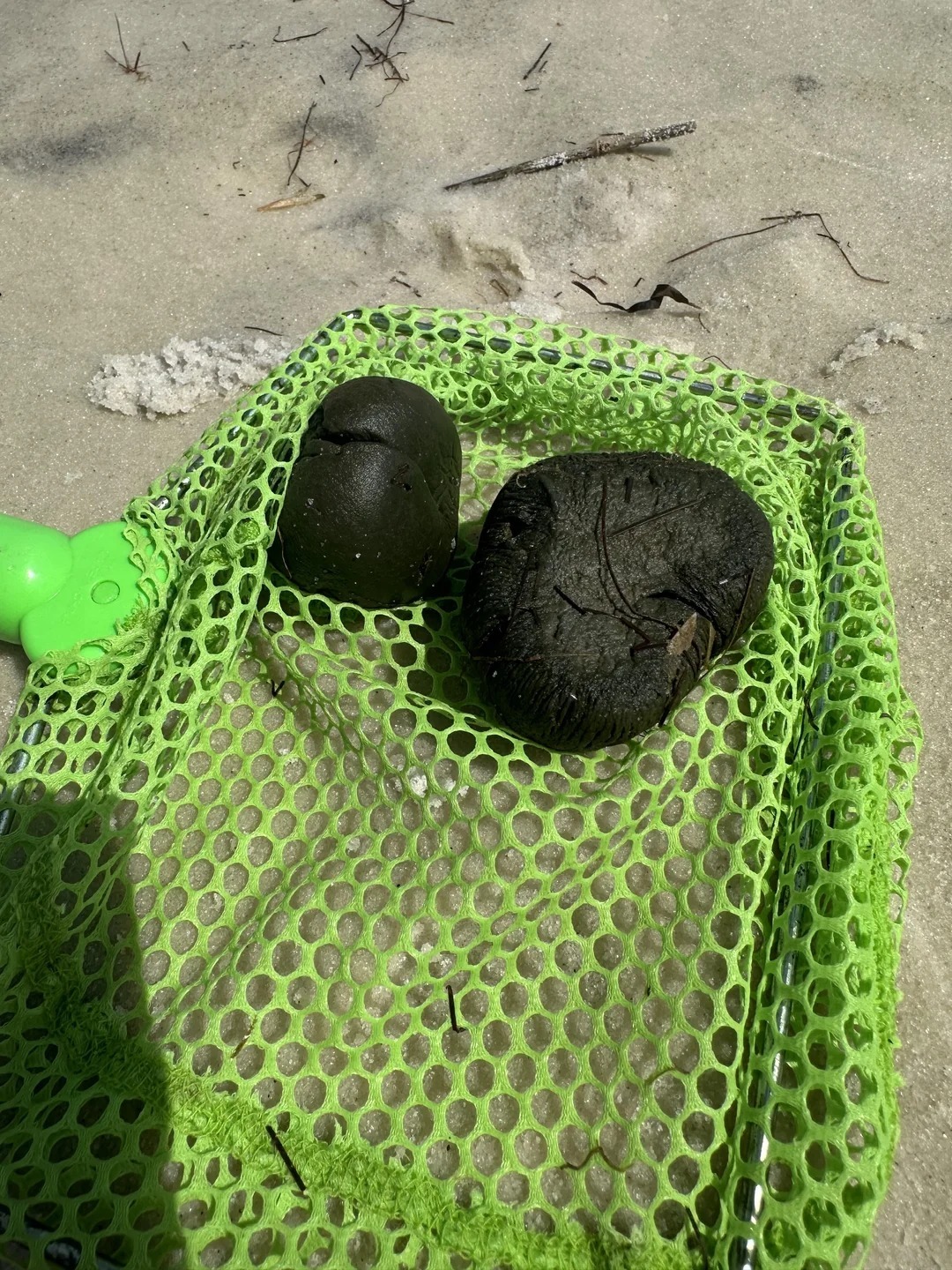If you’ve spent any time in the Pensacola Bay area with kids, you may have heard a giggle and a proud “Ha! Look! I found a sea turd!” The name may elicit a chuckle, but these strange little orbs are more down to earth than you might imagine. Those clumps your kids are holding are probably mudballs. There’s an interesting reason why they’re here. It dates to the tides and the seafloor beneath them in the local water body.
In the bayside waters of Pensacola, especially near sandy banks and grassy marshes, these mud balls are a common sight. You can spot them scattered in every direction, blending into the natural shoreline.
These are not manmade, nor are they marine animal droppings like the nickname might lead you to believe. They are, in essence, nature’s stress ball.
Here’s what goes on: Mud banks under water — sometimes just out of sight — are made of soft, clay-like sediment. Sections of this mud can, over time, chip off as a result of water currents, wave action, or the routine passage of a person by foot. Once a piece has been split off, the currents of the bay take over. The mud lump rolls and tumbles and is worked like clay by sand and water until it becomes a smooth, rounded ball.
